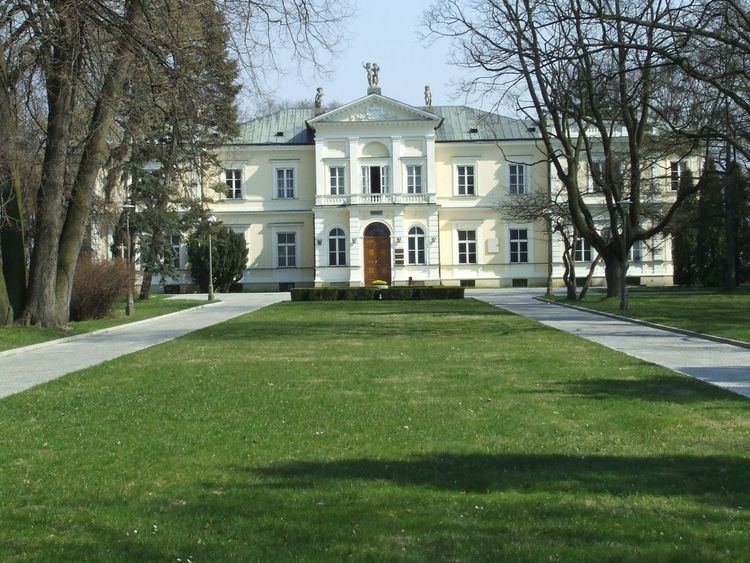Established September 23, 1816 Total enrollment 25,000 (2010) Rector Alojzy Szymański | Website www.sggw.pl Phone +48 22 593 10 00 Founded 23 September 1816 | |
 | ||
Affiliations Leonardo Da Vinci, SOCRATES, BUDDY, CEEPUS, ARENA, PHARE-SCI-TECH, PHARE-ACE, SENECA, COST, JEAN MONET, FAIR, TEMPUS Notable alumni Monika Olejnik, Jerzy Starak, Karl Maramorosch, Robert Janowski, Calel Perechodnik Similar Warsaw School of Economics, University of Warsaw, University of Warmia and Mazu, Cardinal Stefan Wyszyńsk, Warsaw University of Techno Profiles | ||
Warsaw university of life sciences sggw
The Warsaw University of Life Sciences (Polish: Szkoła Główna Gospodarstwa Wiejskiego, SGGW, literally "main school of rural economy") is the largest agricultural university in Poland. It was founded in 1816. The University is since 2005 a Member of the Euroleague for Life Sciences (ELLS) which was established in 2001.
Contents
- Warsaw university of life sciences sggw
- Euroleague conference at warsaw university of life sciences
- History
- Subjects of study
- Faculties and interfaculty studies
- References
Euroleague conference at warsaw university of life sciences
History
On 23 September 1816 the School of Agronomy was founded at Marymont and was accommodated in the palace of Marie Casimire Louise de La Grange d'Arquien. Branches were established at Bielany, Ruda, Wawrzyszew and Buraków. An Institute of Veterinary Medicine was established at Rządowa, followed by the Institute of Rural Economy and Forestry in 1840. As Poland was ruled by the Tsar of Russia there were attempts at Russification which nearly resulted in the closure of the school, but it was transferred first to Puławy and later to Russia. After the independence of Poland in 1918 the Institute was returned to Warsaw and became the Major School of Rural Economy in 1919. Horticultural studies were added to those of agriculture and forestry in 1921. Activity was disrupted by the Second World War and resumed in 1945. The veterinary faculty was transferred from the University of Warsaw in 1952, and later the departments of agricultural drainage, wood technology, animal husbandry, and of landscape, now known as the Landscape Architecture Section, were established. Land and farms at Wolica and Natolin were acquired in 1956 and used for development. In 1973 the faculties of agricultural technology and human nutrition were established. The Rector of the university has an office in the historic palace of Julian Ursyn Niemcewicz, now known as "the rector's palace."
